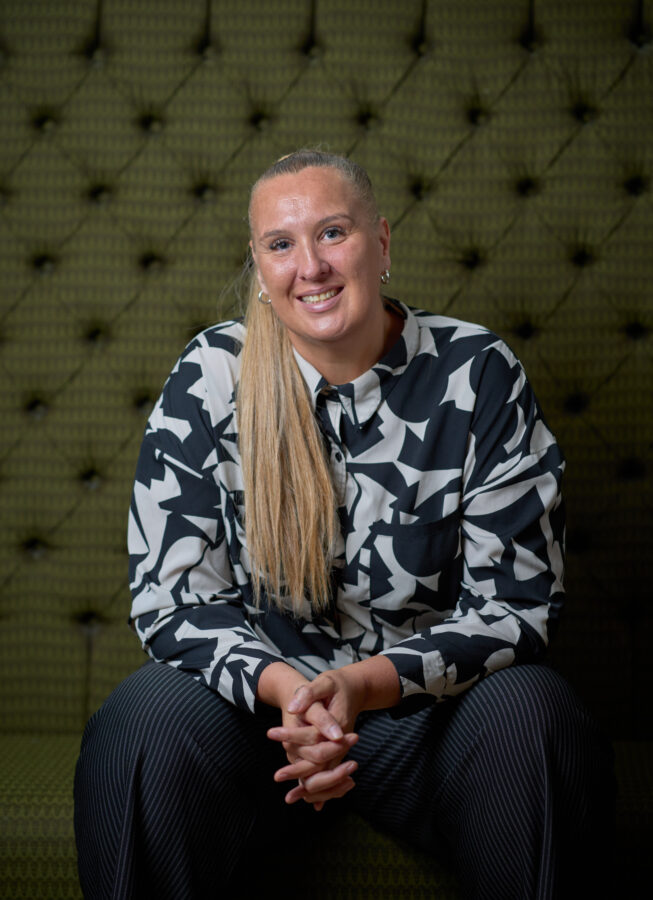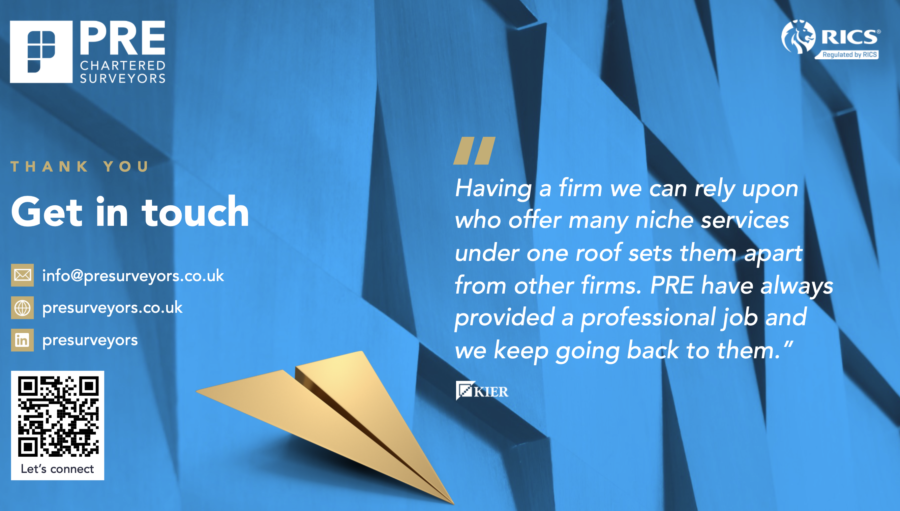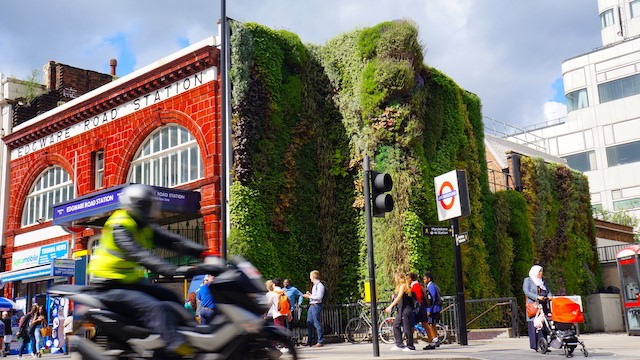At PRE Chartered Surveyors, we’re committed to serving our communities, not just in business but also through charitable giving. This Christmas, we’re proud to support three incredible charities:
Meet The Team – A Work Life Balance
Precision. Results. Excellence.
What truly sets us apart is our small but mighty, dedicated team. We deliver a level of personalised, hands-on service that larger firms simply cannot match. With a collaborative approach and national expertise, we ensure our clients’ needs are not only met but exceeded—no matter the scale or complexity of the project.
Encouraging Collaboration
We believe that teamwork creates unique networks of outstanding professionals who understand that great achievements come from collaboration. We value the rich diversity, skills, abilities and creative potential that people from differing backgrounds and experiences bring to the workplace.
Jason Antill, Managing Director
Jason studied Real Estate at Oxford Brookes University graduating in 2001 and qualified as a Member of the Royal Institution of Chartered Surveyors in 2004.In 2008, he set up PRE, a niche commercial Chartered Surveying firm offering professional services to both landlords and tenants across the UK. Now celebrating its 15th successful year the company is looking to continue to grow in services and size without loosing its core values. competitively priced with an enthuses on customer service. In 2018 Jason helped set up PropSail in association with PropSki which is now a permeant fixture in the property calendar. He is a committee member of the Chartered Surveyors Livery Company and an expert witness in measured surveys.
Tara French – Director of Operations
Tara has been with PRE from the start and has worked her way up progressing to Director of Operations. Taras day to day duties range from managing many areas within the company from client accounts, providing proposals, organising daily schedules for all team members to client liaison. In her free time she loves all things netball, spending time with her family of Twins and older daughter often being Mum Taxi to sporting events and Taras currently working towards her Level 1 Netball Coaching Qualification to work with the next young generation of Netballers.
Robert Brown – Assistant Building Surveyor
Robert joined in 2020 as a trainee building surveyor. In 2021 he progressed on to an apprenticeship pathway and aims to become a chartered surveyor and member of the RICS by 2026. His duties range from undertaking onsite inspections to in-office report production. His onsite duties see him undertake a number of surveying types including measured surveys, architectural surveys and condition surveys. Robert has learned to adapt to various surveying equipment including laser measuring tools during his time at the company. Outside of work, Robert enjoys a number of hobbies including hiking, with his dog, and paddle boarding (when the UK weather allows!). In the future Robert wants to widen his surveying knowledge so he can provide the highest level of service to PREs clients.
Alan Wilson – Assistant Building Surveyor
Alan joined the team in 2022 as an Assistant Building Surveyor and is currently pursuing a BSc in Chartered Building Surveying through an apprenticeship program. His role encompasses a wide range of responsibilities, including conducting Measured and Technical Due Diligence building surveys along with project management. Outside of work, Alan enjoys playing sports regularly and spending quality time with his family. He’s also learning the ins and outs of car maintenance, embracing the challenges that come with it.
Ana Marset – CAD Technician
Ana joined in 2021 as a CAD technician, bringing her background as an industrial engineer. Her duties involve analysing and assessing new projects to providing accurate timeframes that align with each project’s characteristics, followed by drawing and modelling plans. Outside of work, Ana enjoys DIY projects and staying active through sports. She aims to take on new challenges at work and travel to new places in the future.
Joshua Upson – Assistant Building Surveyor
Joshua joined the company in 2024 and is our newest recruit, he comes from a background in construction having worked here in London and also in Sydney, Australia. Joshua joined the team as an assistant building surveyor, some of his duties include carrying out measured surveys, cleaning and creating plans and completing reports. He is currently driven by the goal of completing half ironman in the future which keeps him busy during his free time. His professional goals are to become a member of RICS which the Degree he is currently studying will help him achieve this.
Guilherme Carvalho – CAD Technician
Guilherme joined PRE in 2018 as a CAD technician after finishing his MSc in Geoinformatics for Building Information Modelling at University College London. His duties range from setting timeframes and specifications for new projects, assessing the quality of the products produced by the team and training of new members, as well as the production of area measurement reports, lease plans and 2D architectural documentation, based on inspections carried out locally by the team. Outside of work, Guilherme spends most of his time with his son, taking him to parks and playgrounds and, as often as possible, to the beach.

















